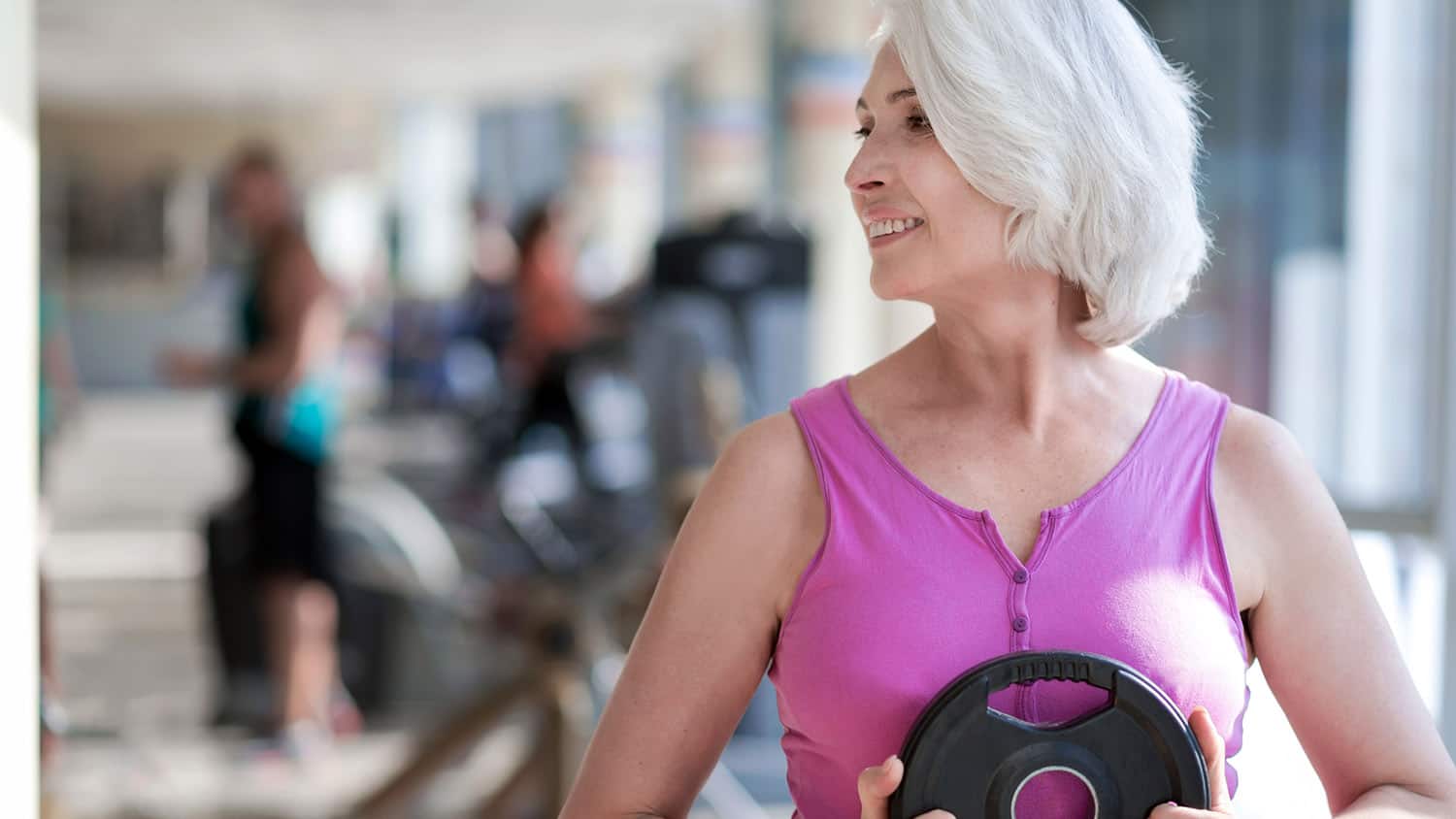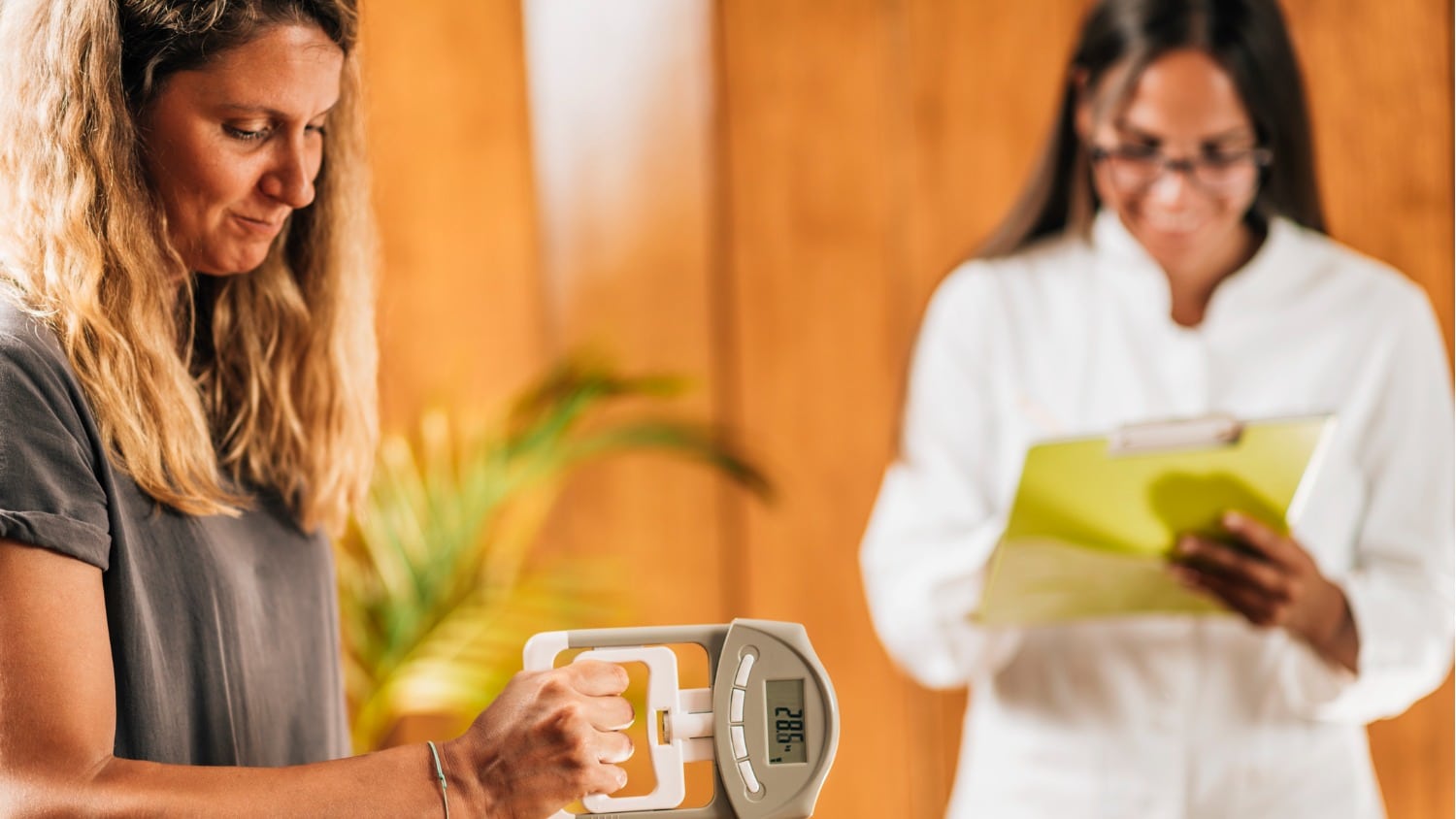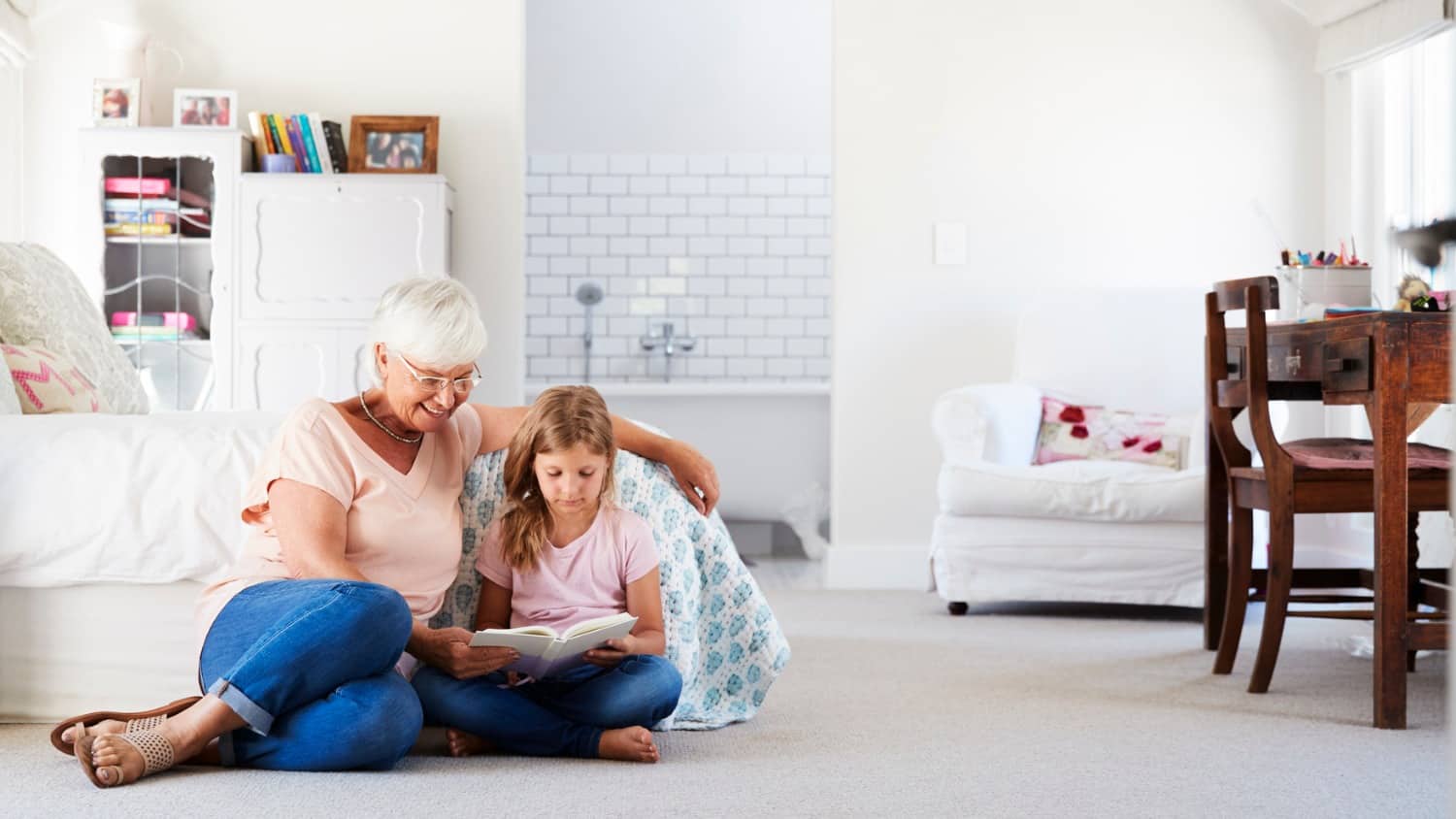
Healthy Aging: Muscle Mass and Its Relationship to Frailty
This article complements a previous one I wrote where we discussed the definition of frailty, how it affects us as we age and the very important symptom of muscle mass loss.
In this article, we’ll talk more about muscle mass, what to look for, and how to reverse its loss. We will also discuss how doctors measure frailty.
How to Increase Muscle Strength and Achieve Healthy Aging
The primary treatment for loss of muscle mass is exercise. The best kind of exercise for this purpose is resistance training or strength training, so I joined a gym and bought weights for my home. If I failed to make it to the gym, I tried to lift weights at home in the evening.
I also tried to increase muscle strength and endurance by other means, such as carrying bags of grocery instead of using a cart. I unloaded them myself instead of asking for help. I tried to pick up my own bags of fertilizer, straw bales, etc. when gardening.
At the next appointment, my doctor noticed an increase in muscle mass in my arms and chest, but said I was still lacking muscle mass from the waist down.
He advised me to do at least four exercises just for my hips and thighs. Finally, my legs responded, and I don’t have to go see him every three months now.
Frailty Is More Than Muscle Loss
Our 50s trigger lots of problems. When we get to that age, the risk of heart disease increases along with problems such as cholesterol, high blood pressure and diabetes. If you are a smoker, this is when it really catches up with you, holding your body back from repairing itself as it did in the past.
How Do Doctors Determine Our Frailty?
To determine how frail we are, doctors use a geriatric assessment. The doctor counts the number of things we have wrong or the number of deficits we have. Then, based on a special frailty index they determine to what extent one is frail.
Using a Frailty Index
The medical community measures frailty several ways, but two stand out. One approach defines frailty as an imbalance of the ‘physiologic triad’ of sarcopenia, immune and neuroendocrine regulation.
Using this index, patients are considered frail if they have three or more of the following:
- Reduced activity; maybe even a slower gait
- Slowing of mobility
- Unintentional weight loss
- Diminished handgrip strength
- Exhaustion
Someone who has only one or two of these items is said to be ‘pre-frail’; someone with none is said to be ‘robust.’ I don’t know about you, but I don’t plan to get anywhere near my doctor when I’m having a bad back day. The assessment takes about 15 minutes.
Another way to measure frailty by using a Frailty Index which is based on the concept that frailty is a consequence of interacting physical, psychological and social factors.
These deficits include diseases, signs, symptoms, laboratory abnormalities, cognitive impairments and disabilities in activities of daily living.
Healthy Aging Is a Dynamic Process
So, as you can see and as I learned, the word frail means so much more. It is important to realize that the whole person is in a process of aging, and it is a very dynamic process. Some of us will be helped by knowing and will try to keep ourselves from going farther down the index.
This seems to be a natural order of life. When we are well, we walk around a lot. And when we get sick, we move around less.
When we really get ill, we may take to our bed. And at some point, we might not get out. And finally, just before we die, we hardly move at all.
What does healthy aging mean to you? What are you doing to prevent becoming frail as you get a little older? What exercises are you doing to increase muscle mass and stay healthy in your 60s and beyond? Please share your favourite exercise and what magic it has done for you.
Tags Healthy Aging






